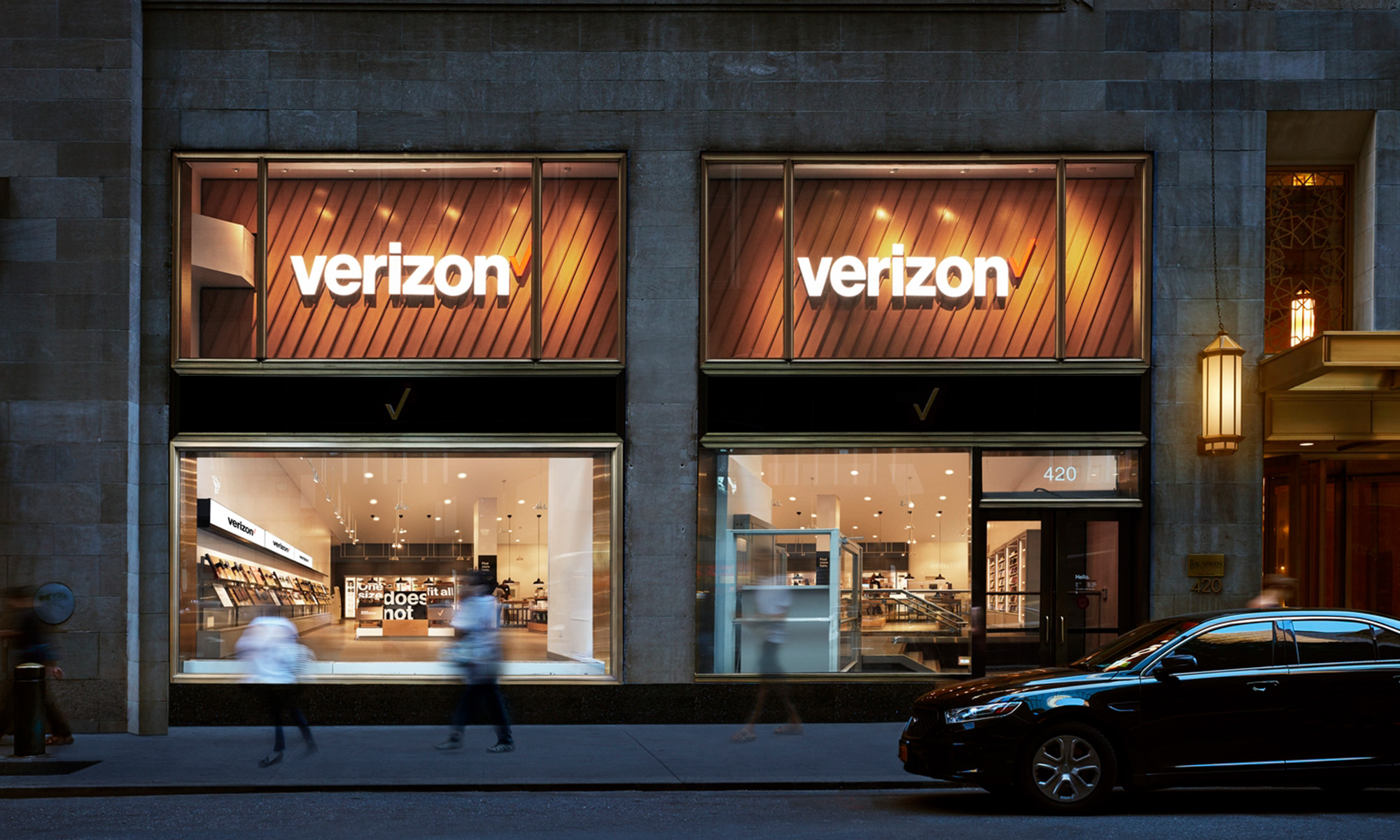Numbers can lie -- yet they're the best first step in determining whether a stock is a buy. In this series, we use some carefully chosen metrics to size up a stock's true value based on the following clues:
- The current price multiples.
- The consistency of past earnings and cash flow.
- How much growth we can expect.
Let's see what those numbers can tell us about how expensive or cheap Sprint Nextel (NYSE: S) might be.
The current price multiples
First, we'll look at most investors' favorite metric: the P/E ratio. It divides the company's share price by its earnings per share (EPS) -- the lower, the better.
Then we'll take things up a notch with a more advanced metric: enterprise value to unlevered free cash flow, which divides the company's enterprise value (basically, its market cap plus its debt, minus its cash) by its unlevered free cash flow (its free cash flow, adding back the interest payments on its debt). As with the P/E, the lower this number is, the better.
Analysts argue about which is more important -- earnings or cash flow. Who cares? A good buy ideally has low multiples on both.
Sprint has a P/E ratio of -3.3 and an EV/FCF ratio of 11.5 over the trailing 12 months. If we stretch and compare current valuations with the five-year averages for earnings and free cash flow, we see that Sprint has a P/E ratio of -1.1 and a five-year EV/FCF ratio of 7.1.
A positive one-year ratio of less than 10 for both metrics is ideal (at least in my opinion). For a five-year metric, less than 20 is ideal.
Sprint has a mixed performance in hitting the ideal targets, but let's see how it stacks up against some of its competitors and industry mates.
|
Company |
1-Year P/E |
1-Year EV/FCF |
5-Year P/E |
5-Year EV/FCF |
|---|---|---|---|---|
| Sprint | NM | 11.5 | NM | 7.1 |
| Verizon (NYSE: VZ) | 15.0 | 14.0 | 21.3 | 14.7 |
| AT&T (NYSE: T) | 14.9 | 13.4 | 12.6 | 13.5 |
| USA Mobility (Nasdaq: USMO) | 2.8 | 4.1 | 25.0 | 3.5 |
Source: S&P Capital IQ; NM = not meaningful because of losses.
Numerically, we've seen how Sprint's valuation rates on both an absolute and relative basis. Next, let's examine ...
The consistency of past earnings and cash flow
An ideal company will be consistently strong in its earnings and cash-flow generation.
In the past five years, Sprint's net income margin has ranged from -82.3% to 0.3%. In that same time frame, unlevered free cash flow margin has ranged from 6% to 12%.
How do those figures compare with those of the company's peers? See for yourself:
Source: S&P Capital IQ; margin ranges are combined.
In addition, over the past five years, Sprint has tallied up one year of positive earnings and five years of positive free cash flow.
Next, let's figure out ...
How much growth we can expect
Analysts tend to comically overstate their five-year growth estimates. If you accept them at face value, you will overpay for stocks. But even though you should definitely take the analysts' prognostications with a grain of salt, they can still provide a useful starting point when compared with similar numbers from a company's closest rivals.
Let's start by seeing what this company's done over the past five years. Due to losses, Sprint's EPS growth rate isn't meaningful. Here's how it compares with its peers for trailing-five-year growth:
Source: S&P Capital IQ; EPS growth shown.
And here's how it measures up with regard to the growth analysts expect over the next five years (note that my data provider doesn't list growth estimates for USA Mobility, and neither does Yahoo! Finance):
Source: S&P Capital IQ; estimates for EPS growth.
The bottom line
The pile of numbers we've plowed through has shown us the price multiples that shares of Sprint are trading at, the volatility of its operational performance, and what kind of growth profile it has -- both on an absolute and a relative basis.
The more consistent a company's performance has been and the more growth we can expect, the more we should be willing to pay. We've gone well beyond looking at a negative P/E ratio, and we see that its EV/FCF tells a totally different story. This difference between earnings and free cash flow is driven by two things: (1) a large non-cash goodwill writedown in 2007 and (2) spending less on capital expenditures than its depreciation would indicate. That said, costs for Sprint have recently been a concern as it ramps up spending relating to both Apple's iPhone and network-building. Add to that its poor competitive position versus Verizon and AT&T, and I'm staying clear of Sprint's stock. But if you find Sprint Nextel's numbers or story compelling, don't stop here. Continue your due-diligence process until you're confident one way or the other. As a start, add it to My Watchlist to find all of our Foolish analysis.
You can also see the stocks that I've researched beyond the initial numbers and bought in my public real-money portfolio.










